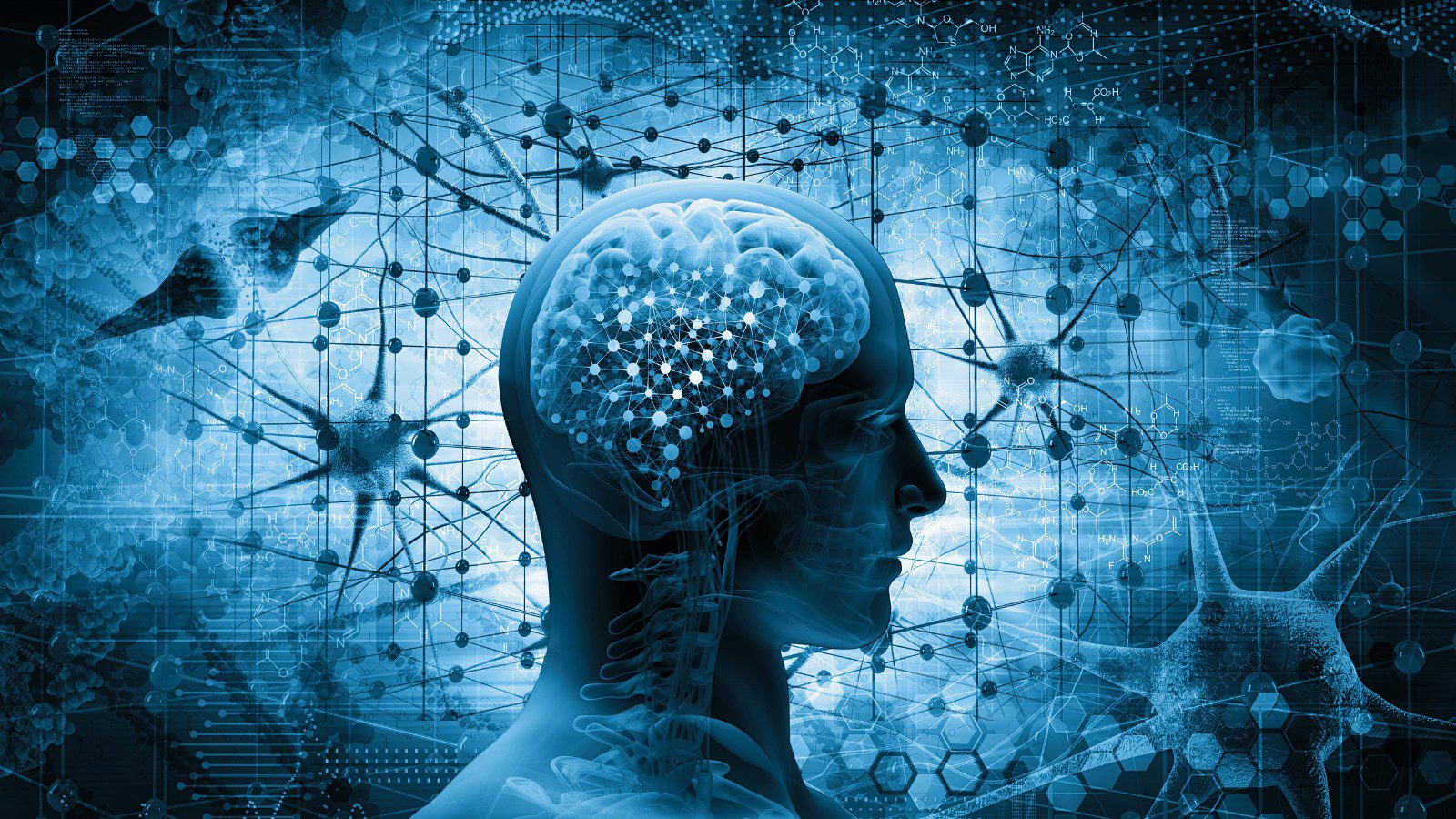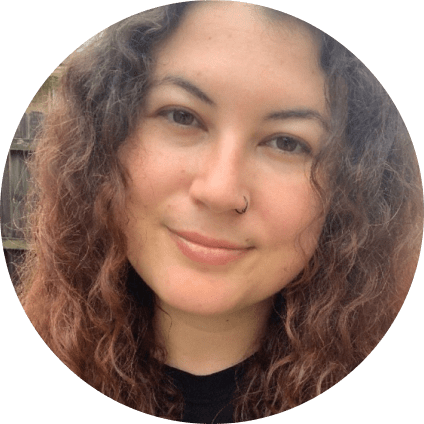A recent UCLA study reveals how our brains navigate places, know our precise location, and also monitor others around us.
Published Dec. 23, 2020, in the journal Nature, these findings imply that our brains generate a code to mark others’ location relative to ours.
“We studied how our brain reacts when we navigate a physical space — first alone and then with others,” said senior author Nanthia Suthana, the Ruth and Raymond Stotter Chair in Neurosurgery. She’s also an assistant professor of neurosurgery and psychiatry at the David Geffen School of Medicine at UCLA.
“Our results imply that our brains create a universal signature to put ourselves in someone else’s shoes,” added Suthana, whose laboratory researchers how the brain forms and processes memories.
In previous research, Suthana and her colleagues studied epilepsy patients who’d had surgically implanted electrodes in their brains to control seizures. The electrodes had been placed in the medial temporal lobe, the area of the brain that controls memory and regulates navigation. It works similarly to a GPS device.
“Earlier studies have shown that low-frequency brain waves by neurons in the medial temporal lobe help rodents keep track of where they are as they navigate a new place,” said first author Matthias Stangl, a postdoctoral scholar in Suthana’s lab. “We wanted to investigate this idea in people — and test whether they could also monitor others near them — but were hampered by existing technology.”
Research that showed how our brains know our location
Suthana’s team had been awarded $3.3 million from the National Institutes of Health’s BRAIN Initiative. Using these funds, the team created a backpack that held a computer, and this connected wirelessly to brain electrodes. This device allowed the team to analyze volunteers as they moved around instead of lying still in a brain scanner.For the research, each patient wore a backpack and explored an empty room. The team instructed them to locate a hidden spot and remember it in subsequent searches. While volunteers explored the room, the backpack recorded their eye movements, brain waves, and location in real-time.
As they walked around the room, their brain waves moved in a particular pattern. This suggested to researchers that each person’s brain had mapped out the room’s walls and other features. The patients’ brain waves flowed similarly when they sat in a corner of the room and observed someone walking to the hidden location.
This observation suggests that our brain waves produce the same patterns to track our location and others’.
Why this matters
“Everyday activities require us to navigate around other people in the same place constantly,” said Suthana, who is also an assistant professor of psychology at UCLA’s College of Letters and Science and of bioengineering at the Henry Samueli School of Engineering. “Consider choosing the shortest airport security line, searching for a space in a crowded parking lot, or avoiding bumping into someone on the dance floor.”
Another finding from the study revealed that our brains map our location differently depending on where our attention goes. For example, patients’ brain waves flowed the strongest when they searched for the hidden location or observed someone approaching it. However, when they just explored the empty room, their brain waves were weaker.
“Our results support the idea that, under certain mental states, this pattern of brain waves may help us recognize boundaries,” said Stangl. “In this case, it was when people were focused on a goal and hunting for something.”
In the future, they want to focus on how people’s brain waves react in more complex social situations. The team says they’ve granted other researchers access to the backpack so they can study more about the brain and brain disorders.
Other studies about how our brains know our location
About six years ago, three researchers found that different types of neurons mapped our location, helping us navigate it. They earned a Nobel Prize in Medicine for this discovery. Recent studies have found a new area of the brain related to this ‘GPS,’ which doesn’t work correctly in those with Alzheimer’s. Science also found that men and women orient themselves to their location in different ways.
In the late 1960s, neuroscientist John O’Keefe experimented on rodents to discover how our brains know our location. In the study, he observed signals from the hippocampus in rats moving around a room. When he analyzed the results, he found that certain neurons called place cells became activated when the animal realized its location.
In 1971, O’Keefe concluded that the hippocampus generated many different maps due to the place cells’ activity. This finding resulted in him earning the Nobel Prize in Physiology and Medicine in 2014. He shared this discovery with the married Norwegian scientists May-Britt Moser and Edvard Moser.
In 2005, the couple found another part of the brain’s GPS, a type of neuron called a grid cell. This generates a coordinate system that tells the brain our exact location and helps with spatial navigation. The grid cells form circuits with the neurons in the hippocampus and others in the entorhinal cortex. Altogether, this forms our integral positioning system or the brain’s GPS.
Final thoughts: many studies have found that neurons help us map our location
Prior studies and the recent one done by Suthana’s team have discovered how our brains map our location. Not only do our brain waves move in a distinct pattern when we orient ourselves to a location, but certain neurons become activated. Scientists have found that our brains produce similar patterns when we track our location and others’. They also discovered that our brains react differently in more complex situations.
Because these findings could help with future research on brain disorders, the team wants to continue their studies. This research could help scientists better understand how different parts of the brain react in various mental states. It may also help with treatments and therapies for different types of disorders.
















 Community
Community

